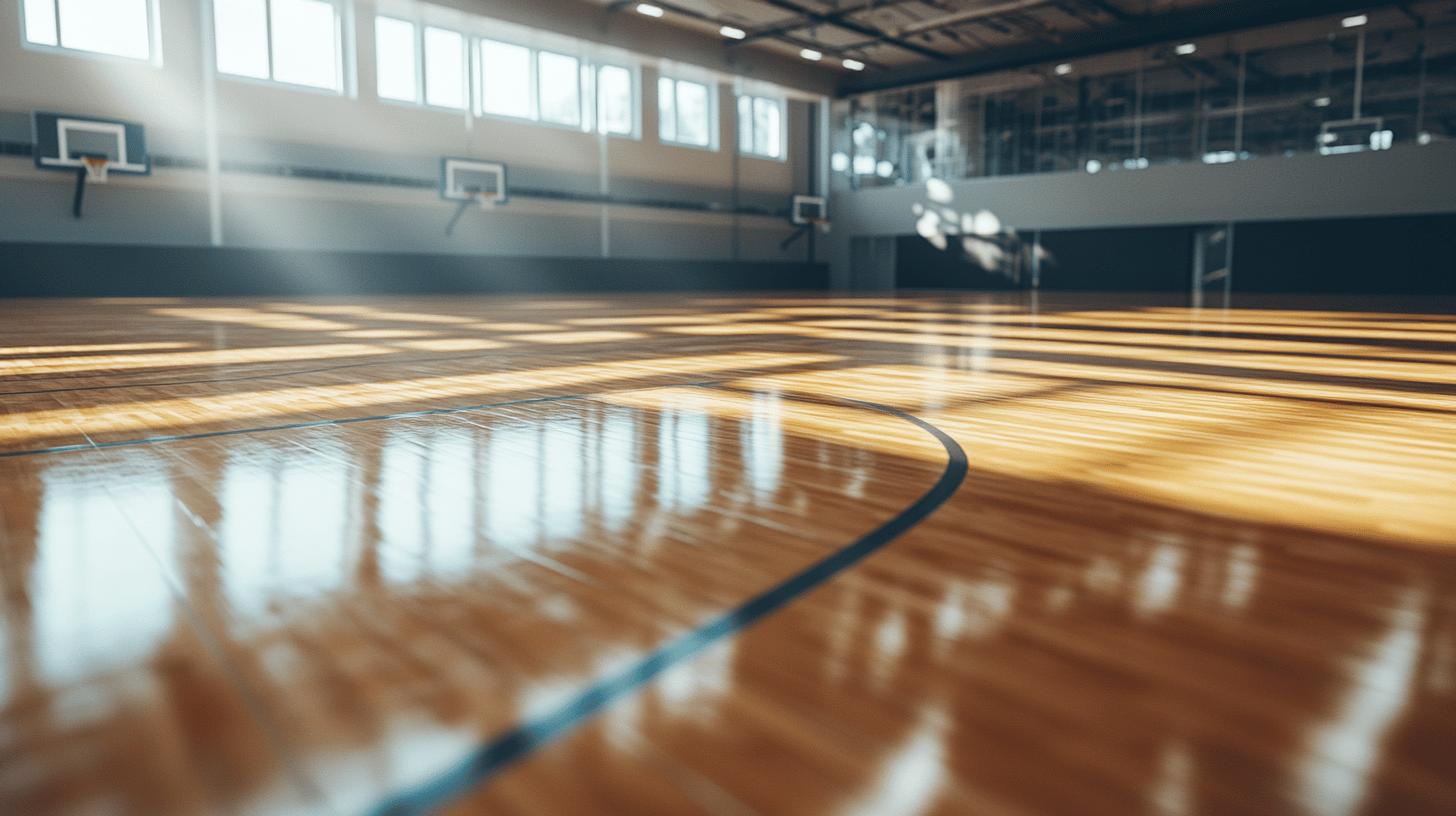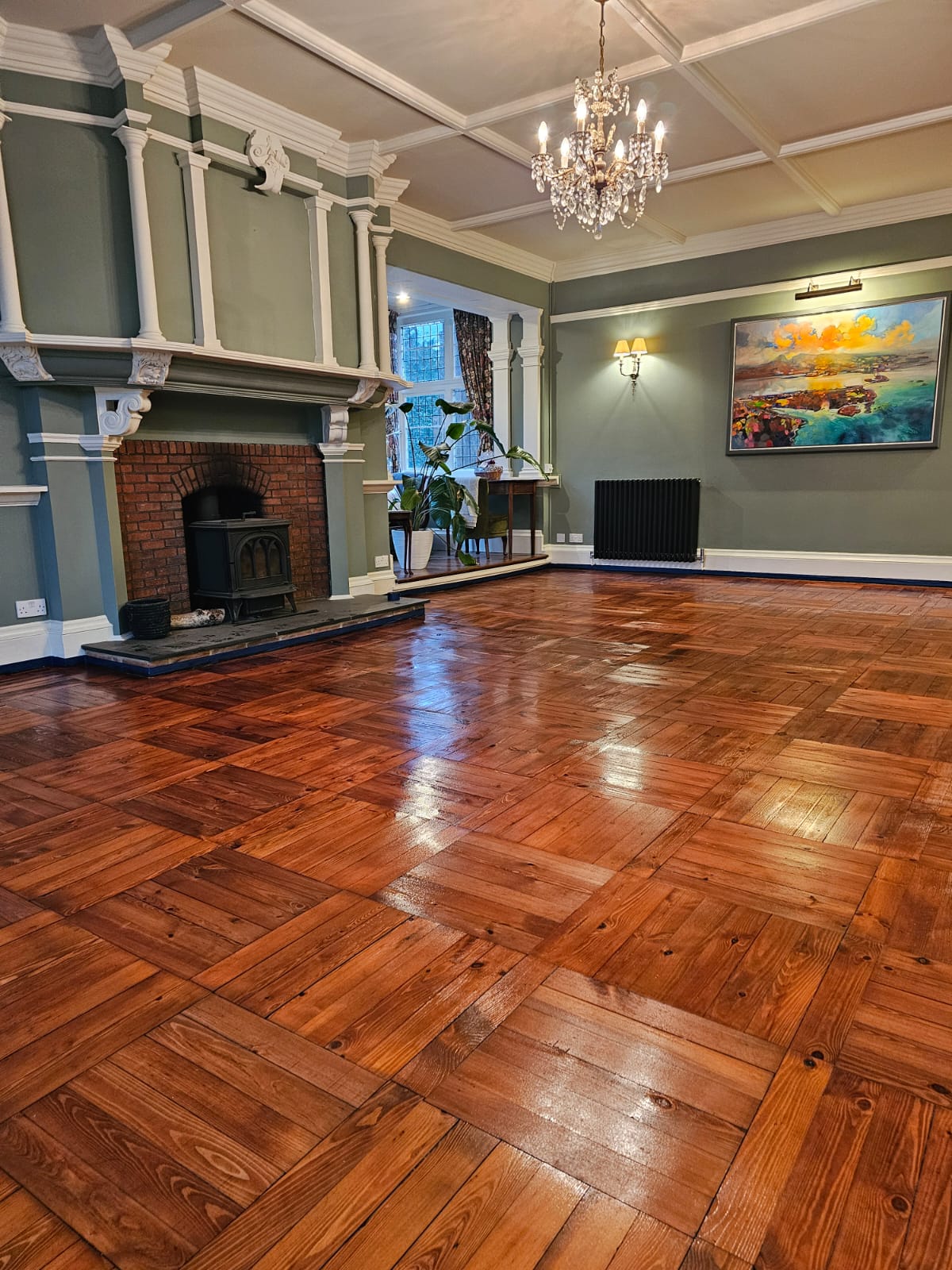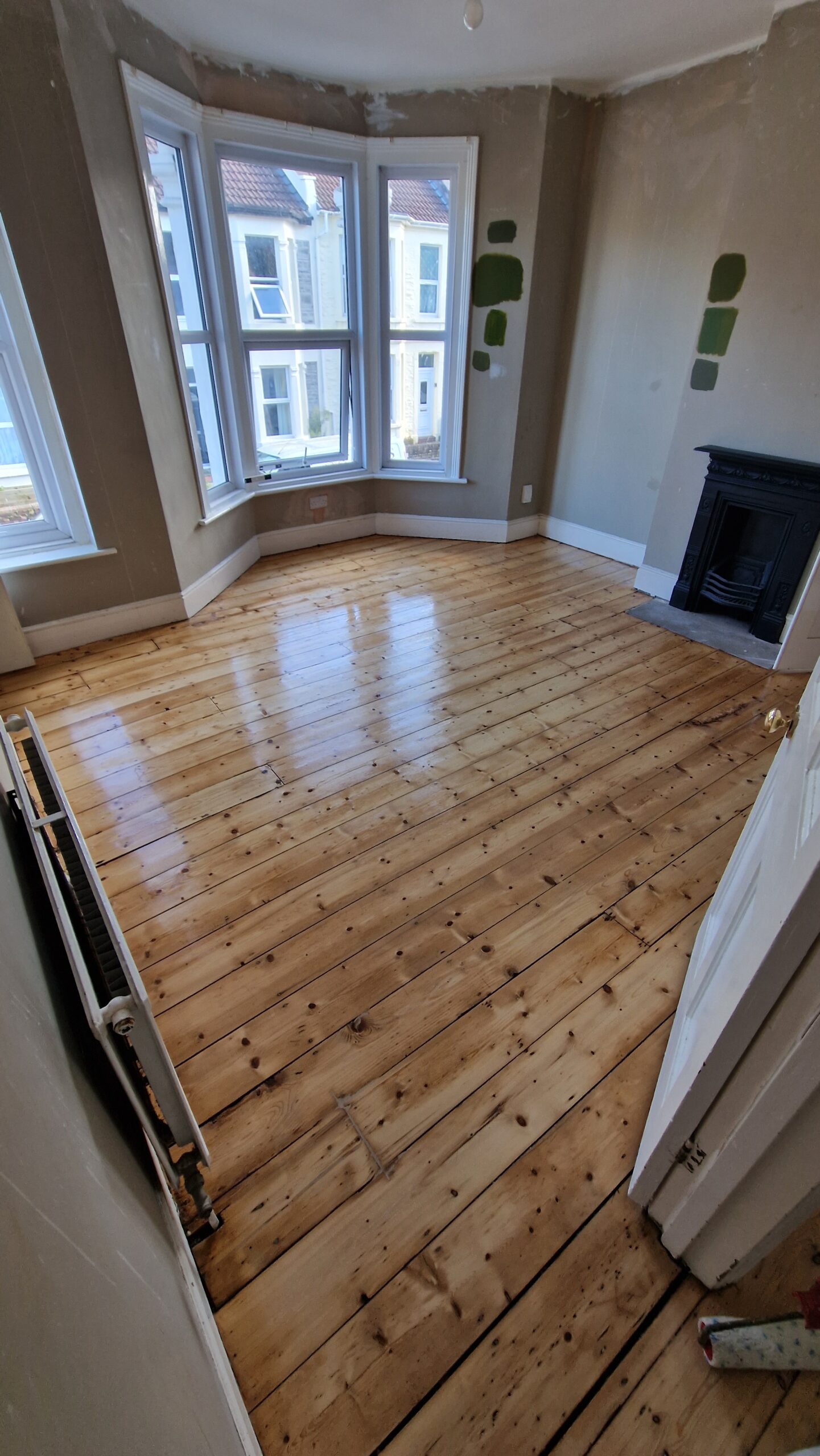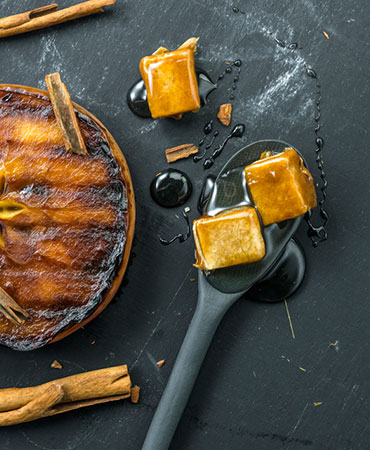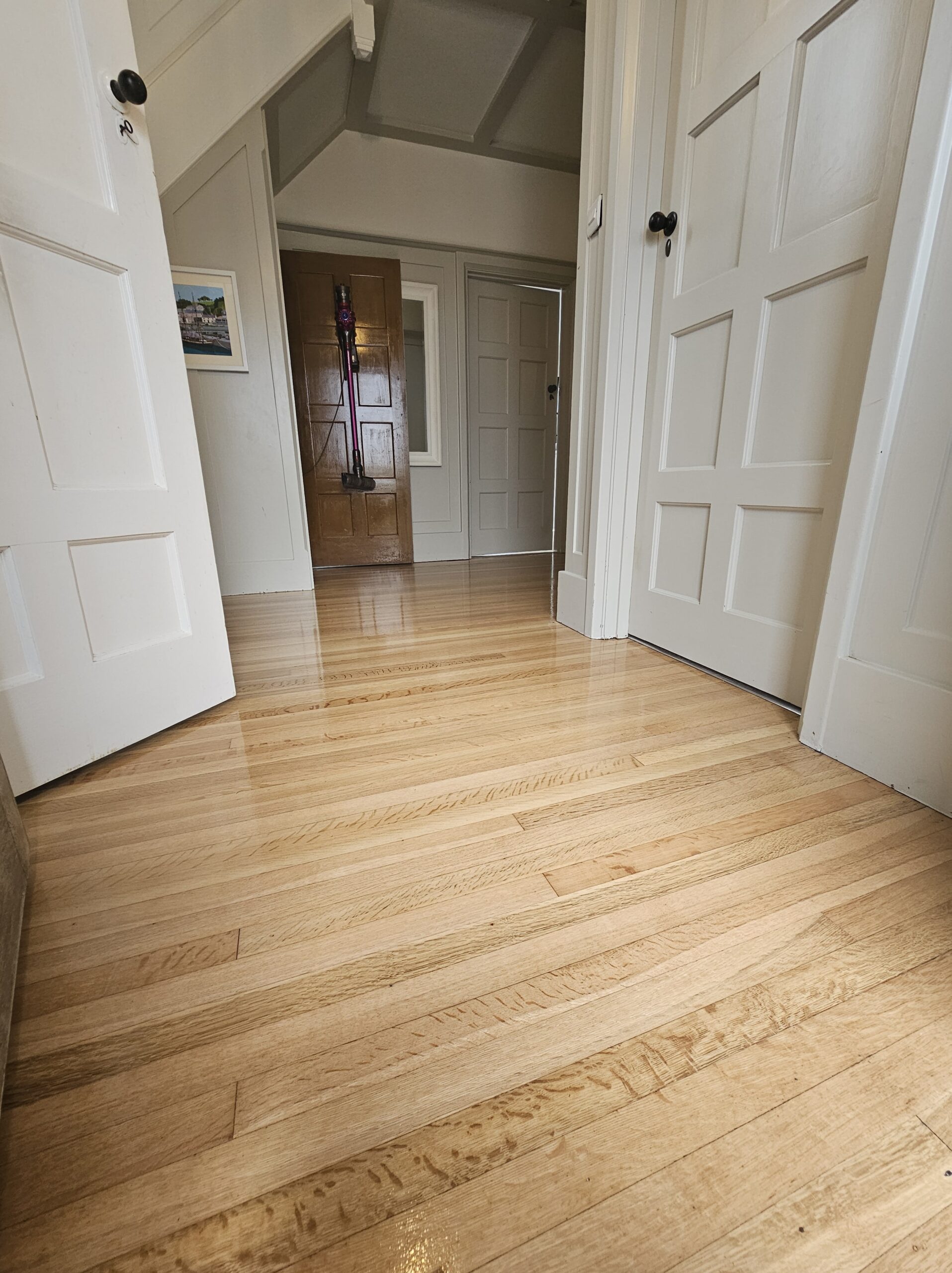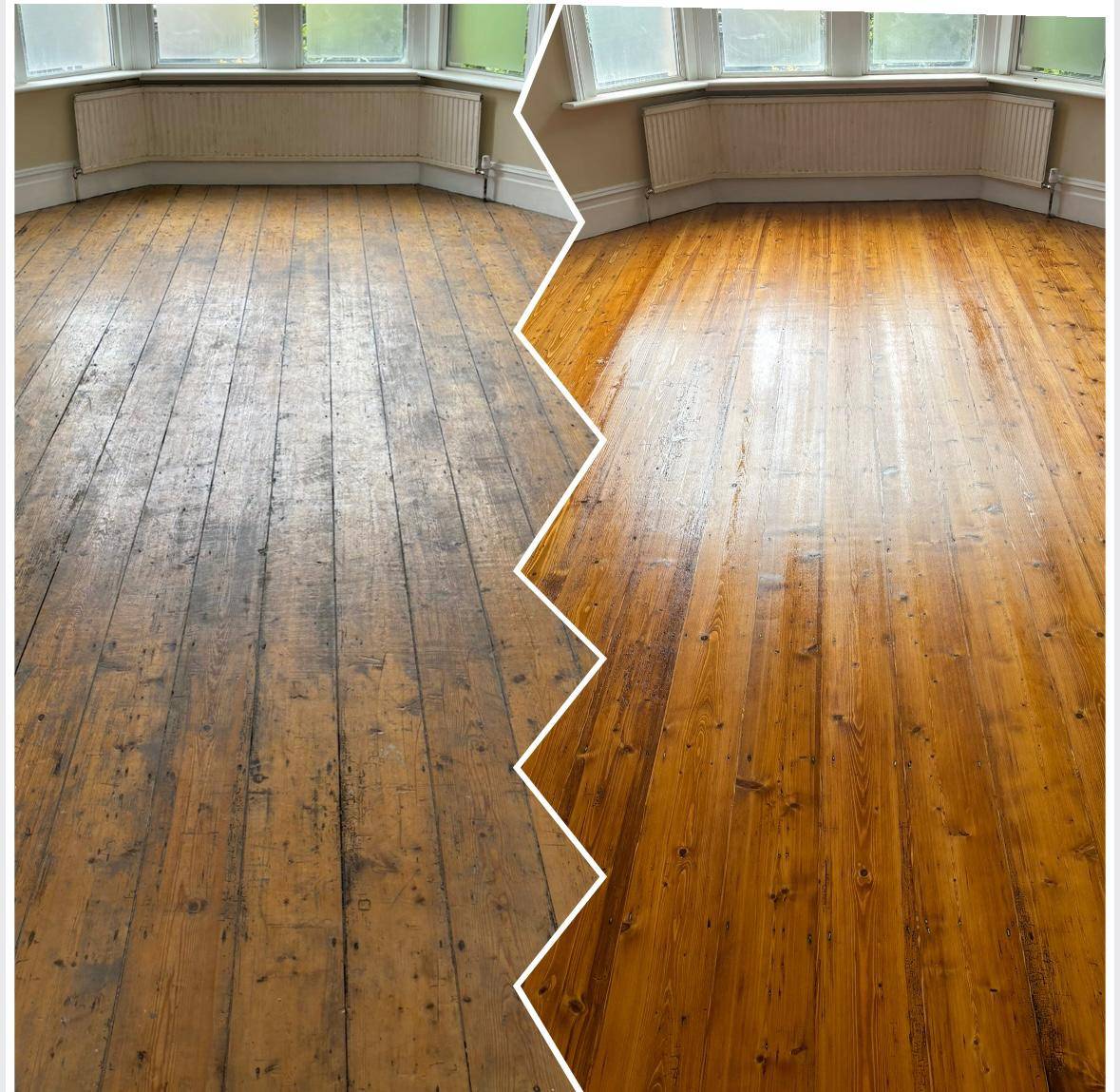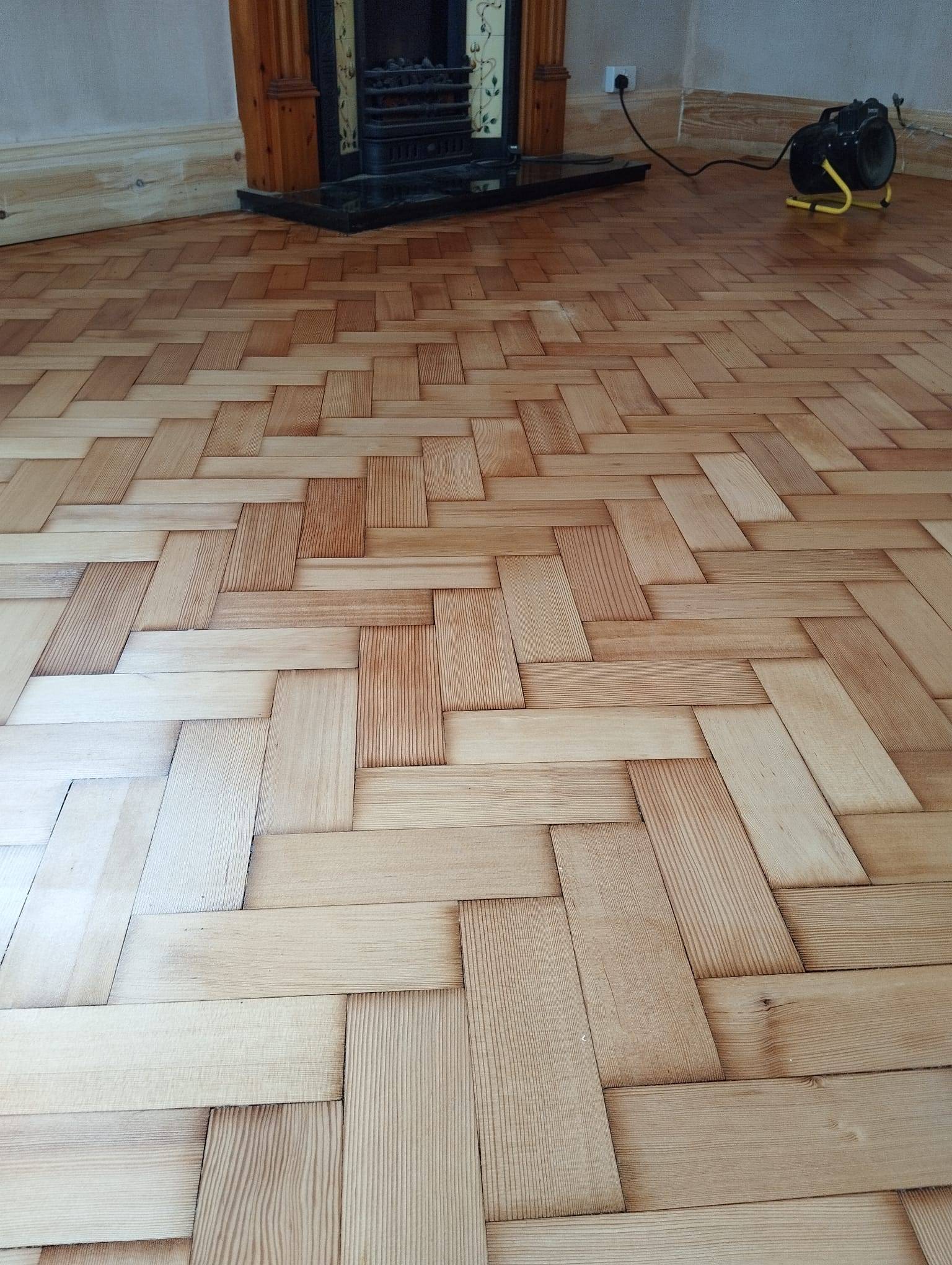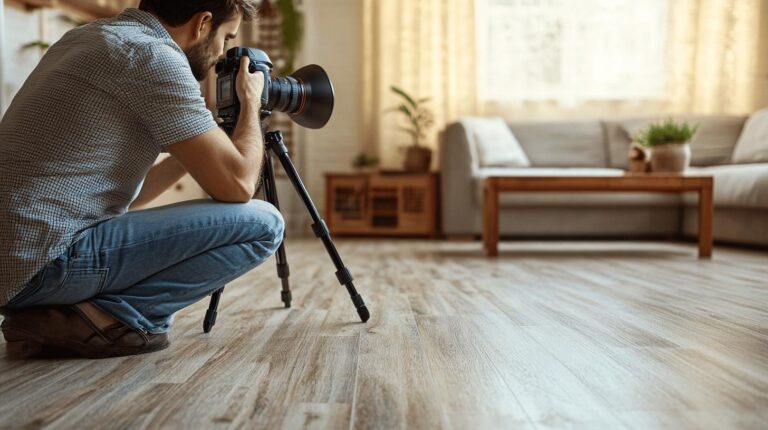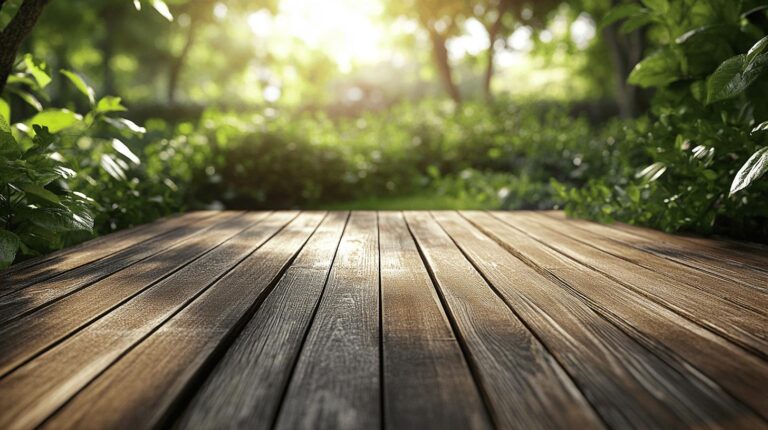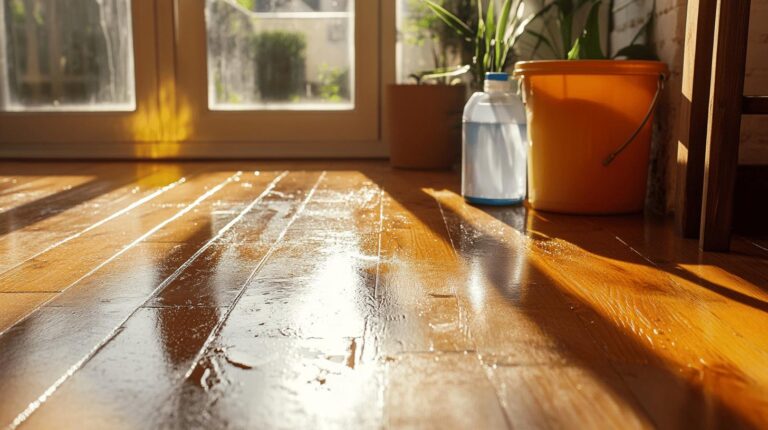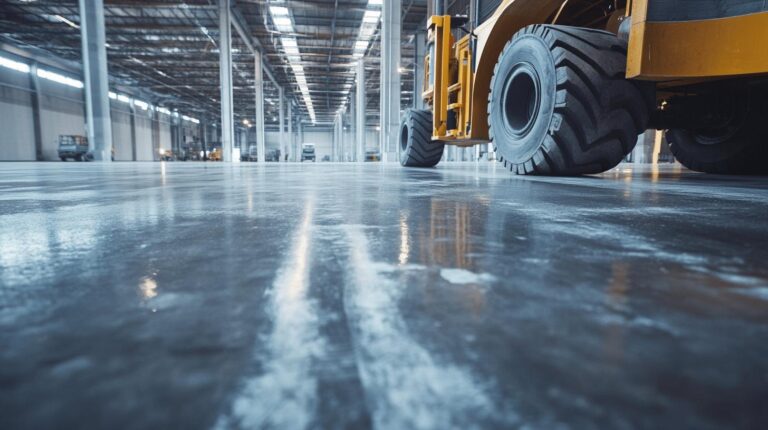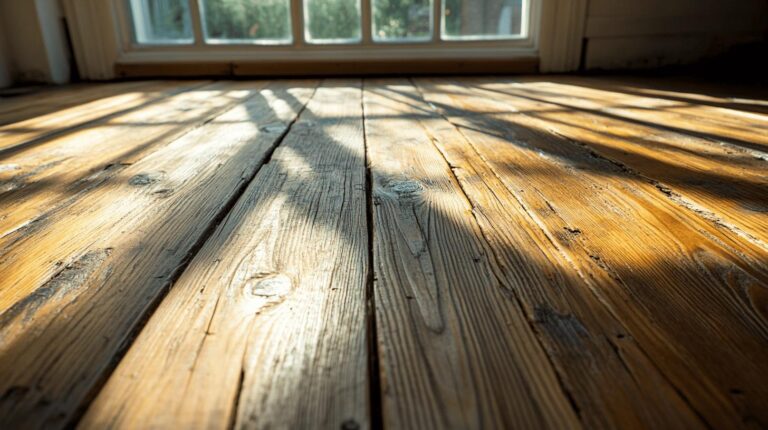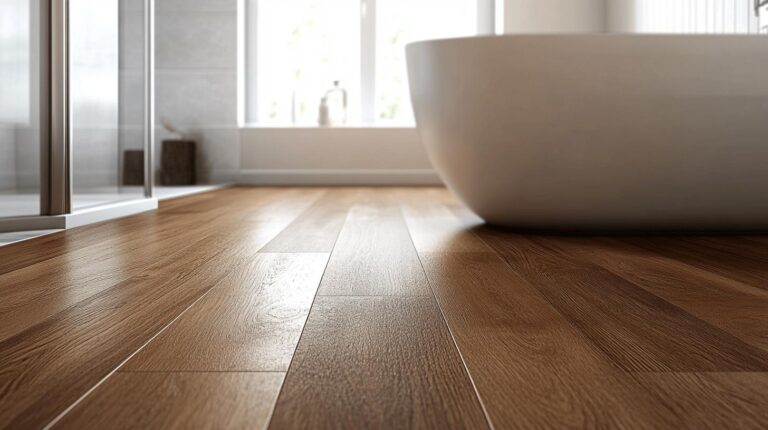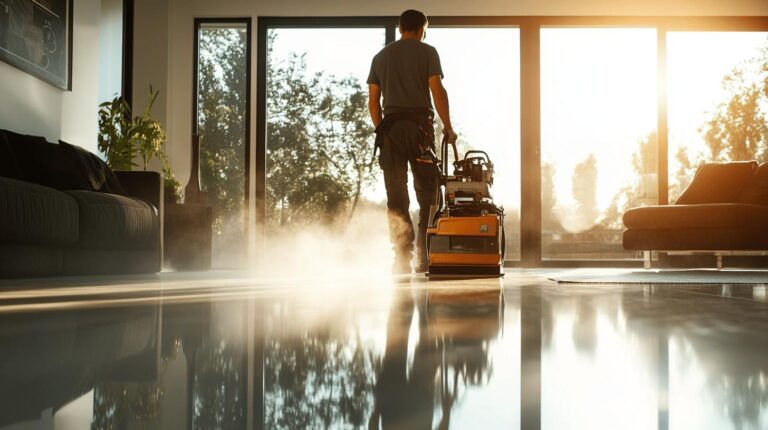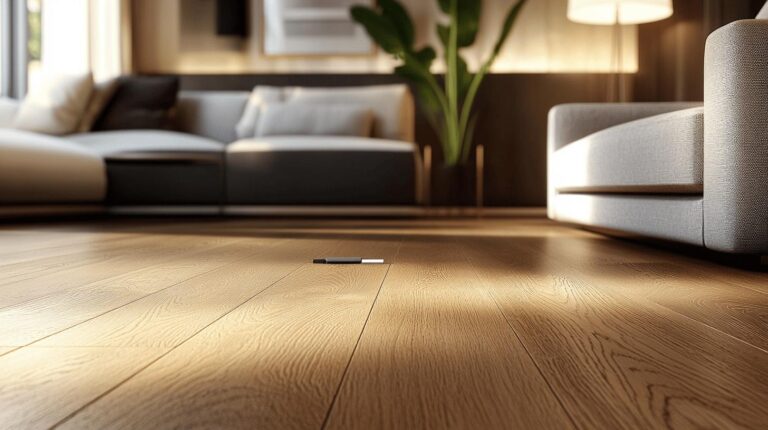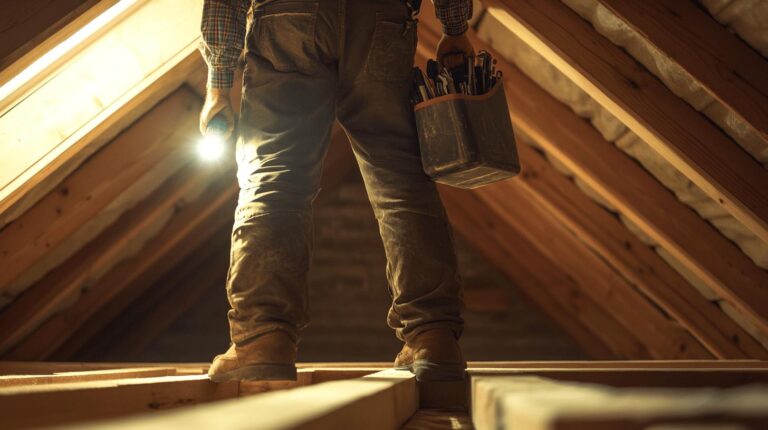Can a single restoration dramatically alter the lifespan of your gym’s flooring? Imagine watching athletes hit the floor daily, those surfaces bearing the brunt with unwavering strength. However, continual wear demands a proactive approach—gym floor restoration. This process not only rejuvenates old, worn surfaces but enhances their durability to withstand relentless foot traffic. By focusing on expert techniques like sanding, refinishing, and sealing, gym floors not only look pristine but also perform optimally. Dive into how these specialised restoration methods can elevate your sports surfaces’ durability and keep them in peak condition for years.
Gym Floor Restoration: Elevate Sports Surfaces Durability
Specialised solutions are crucial for maintaining high-traffic sports surfaces, particularly in gymnasiums where footfall is significant. The challenges of these areas include wear and tear from constant use and the need for surfaces to withstand impacts from sports activities. Gym floor restoration offers tailored approaches to address these demands, ensuring durability and longevity.
Engineered hardwood is frequently used in gym floor restoration due to its strength and resilience. It is designed to endure the rigours of high-traffic environments, providing a robust solution that combines durability with aesthetic appeal. Specific restoration techniques, such as sanding, refinishing, and sealing, are employed to maintain these surfaces. Sanding removes the top layer, including any finish, paint, and seal, preparing the floor for refinishing. Refinishing, recommended every 5-10 years, involves applying a new topcoat to refresh the floor’s appearance and protect it from damage. Sealing adds a protective layer that guards against moisture and other environmental factors.
| Solution | Benefit |
|---|---|
| Engineered Hardwood | High durability and strength for heavy traffic |
| Sanding | Removes worn layers, preps surface for refinishing |
| Refinishing | Restores appearance and adds protection |
| Sealing | Protects against moisture and prolongs lifespan |
Regular maintenance is key to preserving the quality of high-traffic sports surfaces. Implementing a routine schedule helps identify and address minor issues before they escalate, ensuring that the gym floors remain safe and visually appealing. These specialised solutions and consistent maintenance practices collectively enhance the performance and longevity of sports surfaces.
Benefits of Professional Gym Floor Restoration Services
Hiring professional gym floor restoration services provides invaluable expertise and ensures the highest quality outcomes for sports surfaces. Professionals possess the technical skills and experience necessary to accurately assess the condition of gym floors and recommend the most effective restoration techniques. Their ability to identify the specific needs of a floor allows for tailored solutions that enhance both safety and aesthetics. Additionally, professionals use advanced equipment and materials that are often inaccessible to non-experts, ensuring a thorough restoration process. This expertise not only revitalises the appearance of gym floors but also significantly extends their lifespan, which can lead to long-term cost savings.
- Expertise in assessing floor condition
- Access to advanced equipment and materials
- Tailored solutions for safety and aesthetics
- Long-term cost savings through extended floor lifespan
By consulting experts, sports facilities can ensure that their gym floors receive the care and attention they require to perform optimally. Professional restoration services not only address immediate issues but also implement preventative measures to guard against future damage. This comprehensive approach guarantees that gym floors remain durable and visually appealing, providing a safe environment for athletes and visitors alike.
Specialised Solutions for High-Traffic Sports Surfaces
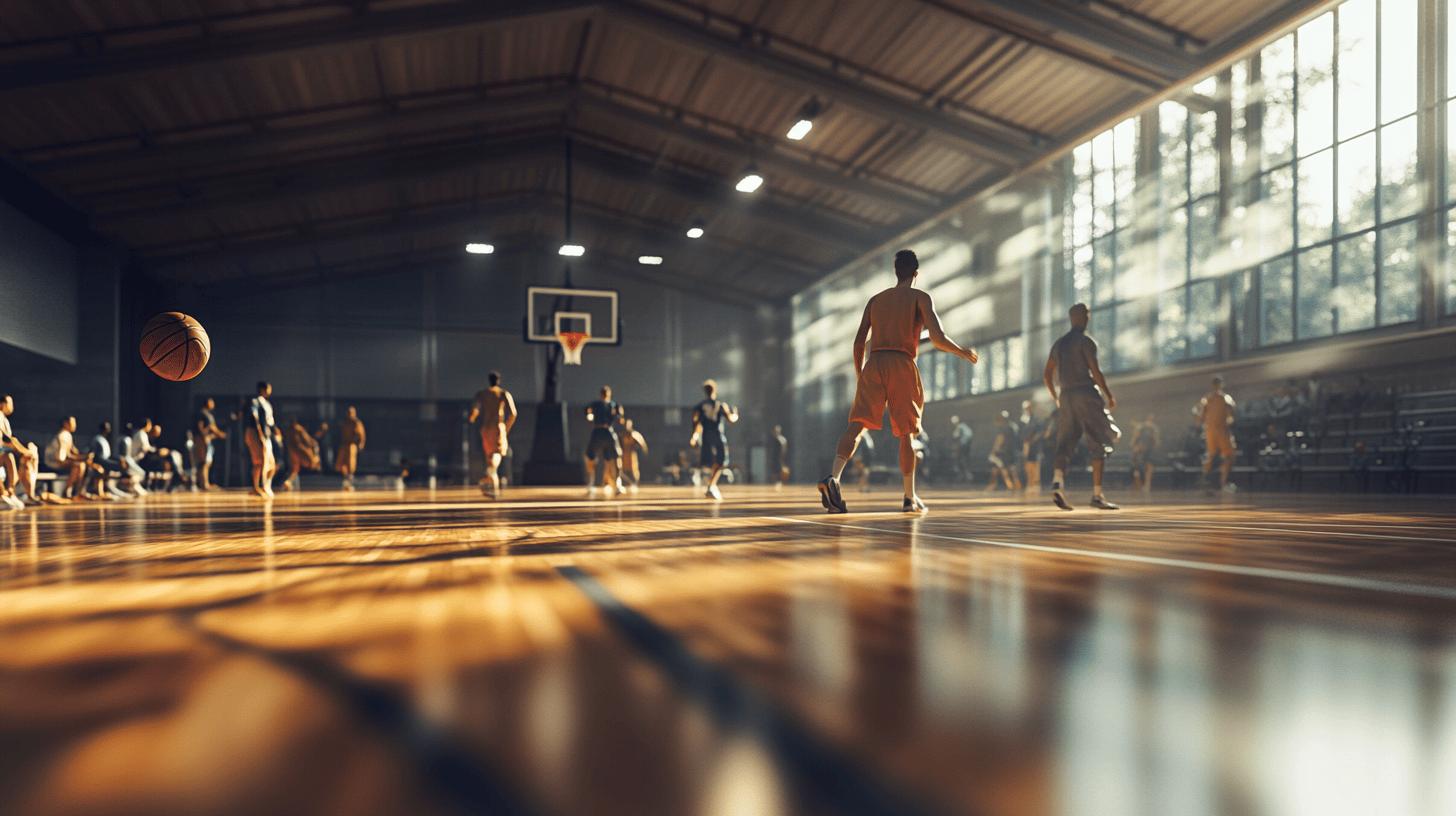
High-traffic sports surfaces, such as those found in gymnasiums, face significant challenges. These areas are subject to constant use, which results in wear and tear from foot traffic and impacts from sports activities. To ensure durability and performance, these surfaces require tailored solutions that can withstand the relentless demands placed upon them.
Engineered hardwood is a preferred choice for high-traffic sports surfaces due to its exceptional strength and durability. This material is specifically designed to endure the rigours of intense use, providing a robust and resilient flooring option. Restoration techniques tailored for these environments include sanding, refinishing, and sealing. Sanding removes the top layer of the floor, eliminating any worn finish, paint, and seal, thus preparing the surface for the application of a new topcoat. Refinishing is recommended every 5-10 years, revitalises the floor’s appearance and offers a renewed layer of protection against damage. Sealing further enhances durability by applying a protective barrier that guards against moisture and other environmental factors.
| Solution | Benefit |
|---|---|
| Engineered Hardwood | High durability and strength for heavy traffic |
| Sanding | Removes worn layers, preps surface for refinishing |
| Refinishing | Restores appearance and adds protection |
| Sealing | Protects against moisture and prolongs lifespan |
Regular maintenance of high-traffic sports surfaces is crucial to preserving their quality and safety. Implementing a routine maintenance schedule allows for the early identification and resolution of minor issues, preventing them from developing into more significant problems. Consistent upkeep not only extends the lifespan of the flooring but also ensures that it remains safe and visually appealing, thus enhancing the overall experience for users.
Cost Implications and Investment in Gym Floor Restoration
The financial aspects of gym floor restoration are influenced by several factors, primarily the size of the floor area, its current condition, and the materials chosen for restoration. Larger gym floors naturally require more resources and time, increasing the overall cost. The condition of the existing floor also plays a significant role; floors with extensive damage or wear may necessitate more intensive restoration processes such as resurfacing or even replacement, both of which are more costly than simple refinishing. The choice of materials can further impact the cost, with high-quality engineered hardwood or specialised finishes offering enhanced durability, albeit at a higher price point.
Investing in gym floor restoration, however, offers considerable benefits that justify the expenditure. A well-restored floor not only elevates the aesthetic appeal of a sports facility, making it more inviting and professional but also ensures enhanced safety and performance for users. Over time, this can lead to significant savings, as maintaining a high-quality floor reduces the frequency and extent of necessary repairs or replacements. Moreover, a durable and visually appealing gym floor can positively impact the facility’s reputation, potentially attracting more users and increasing revenue. Thus, strategic investment in restoration is a cost-effective solution that supports both the immediate and long-term success of sports facilities.
Maintenance Tips for Prolonging Gym Floor Lifespan
Routine maintenance is crucial for extending the lifespan of gym floors, especially in high-traffic environments. Regular upkeep not only preserves the floor’s appearance but also ensures its structural integrity and safety for users. Wooden gym floors, in particular, benefit significantly from consistent cleaning and refinishing efforts. Cleaning helps to remove dirt and debris that can cause scratches and wear over time. Refinishing, on the other hand, restores the protective topcoat that shields the wood from moisture and impacts. Additionally, adopting preventative maintenance strategies, such as promptly addressing minor damages, can prevent small issues from escalating into costly repairs. By establishing a regular maintenance schedule, sports facilities can maximise the durability and performance of their gym floors.
- Regular cleaning to remove dirt and debris
- Refinishing every 5-10 years to maintain protection
- Using protective coverings in high-impact areas
- Immediate repair of minor damages
- Routine inspections to identify potential issues
Implementing these maintenance practices not only prolongs the life of gym floors but also enhances safety and aesthetics. A well-maintained floor reduces the risk of accidents, ensuring a safe environment for athletes and visitors. Furthermore, the visual appeal of a pristine floor contributes to the overall atmosphere of a facility, leaving a positive impression on users and potentially increasing the venue’s attractiveness and usage.
Final Words
Mastering gym floor restoration techniques requires understanding key processes like sanding, refinishing, and sealing. These steps ensure durability and visual appeal over time. Hiring professionals offers expertise and guarantees high-quality restoration, enhancing the safety and aesthetics of sports facilities.
Specialised solutions for high-traffic sports surfaces, such as engineered hardwood, are vital for maintaining performance against frequent use. Cost-effective investment in restoration profoundly benefits both the facility’s appearance and financial planning. Adhering to regular maintenance schedules significantly prolongs the lifespan of gym floors.
Implementing these approaches in gym floor restoration offers a comprehensive path to achieving resilient and visually appealing sports surfaces.
FAQ
Q: What are specialised solutions for high-traffic sports surfaces?
Specialised solutions for high-traffic sports surfaces involve using materials like engineered hardwood and specific restoration techniques to withstand frequent use. Regular maintenance is crucial to prolong the floor’s life and safety.
Q: How much do specialised solutions for high-traffic gym floors cost?
The cost of specialised solutions varies based on factors such as floor size, condition, and materials used. It’s generally more cost-effective than full resurfacing or replacement, with benefits including enhanced durability and aesthetics.
Q: What are gym floor restoration techniques?
Gym floor restoration techniques include sanding, which removes the top layer; refinishing, often performed every 5-10 years; and sealing, which protects against moisture and enhances durability.
Q: Why should one invest in professional gym floor restoration services?
Investing in professional gym floor restoration services guarantees access to expertise for optimal restoration options. Professionals enhance floor safety and aesthetics, ensuring long-term performance and effective decision-making.
Q: What factors affect gym floor restoration costs?
Costs are influenced by the floor’s size, condition, and material choices. Refinishing tends to be less expensive compared to resurfacing or replacement, providing both aesthetic and long-term cost benefits.
Q: How can gym floors be maintained to extend their lifespan?
Maintaining gym floors involves regular cleaning, refinishing, and preventative measures such as using protective coverings. Proper maintenance extends the floor’s lifespan and ensures continued safety and visual appeal.
